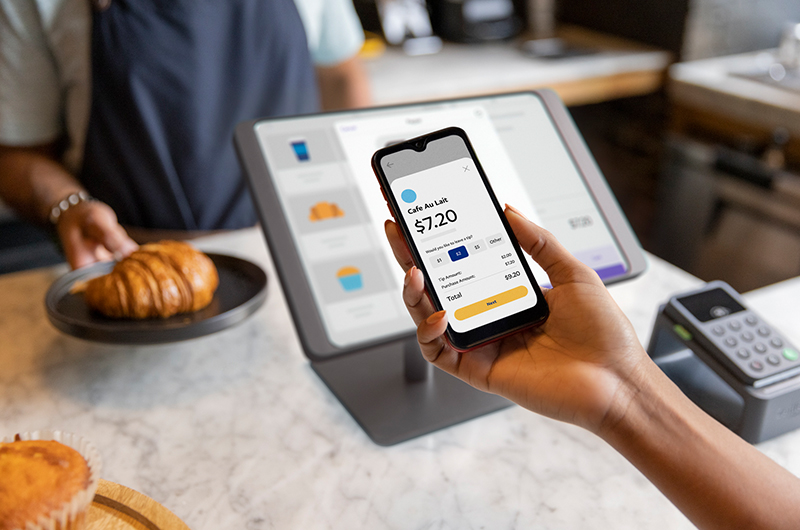By Doug Stephens, Founder, Retail Prophet

Safe to say, given ever-heightening levels of competition, most of the global retail industry has awakened to the crucial nature of envisioning and designing better customer experiences. Increasingly, retailers across categories are putting every juncture of the customer’s journey with their brand under the microscope, looking to squeeze out any advantage they can find.
Yet, despite this renewed emphasis on customer experience, there remains one crucial and often final aspect to the customer experience that, regrettably for most retailers, remains a wildcard. Payment.
For too many brands, payment has remained a piece of the customer experience puzzle that sits outside their experiential architecture and control – an appended process without any contextual integration or congruence with their brand positioning or broader customer experience design. This should come as little surprise considering organizational decisions and choices around payment are very often being made by executives once removed from the frontlines of retail. Decisions based, in many cases, on nothing more than bottom line fees and transaction costs.
And while costs do matter, it’s also true that the payment experience is very often the customer’s final memory of the brand interaction. The final punctuation of their experience. Any feelings – be they confusion, frustration, delight or surprise, will become the final and lasting memory of their time spent with your brand. If this sounds hyperbolic, consider how remarkable it felt when you experienced mobile point of sale for the first time, liberating you and the act of payment from the typical in-store “cash wrap” and the predictably unenjoyable experience of lining up to pay. If the medium truly is the message, then such pioneering brands were sending a clear message to their consumers that their convenience and enjoyment was their primary concern. Extricating the payment process from a central location also provided more time and opportunity for salespeople to forge more of a relationship and rapport with customers. Far from being a disembodied process, payment for such brands became the final experiential flourish, reinforcing consumer impressions of the brand’s positioning.
Conversely, consider your impression of brands that, even at the height of the pandemic, have resisted the switch to contactless payment. Even prior to the pandemic, contactless payment was on the rise. Post-pandemic it’s rapidly become a basic consumer expectation. What does that decision say about their brand and their concern for customers?
The point is that a brand’s choice of payment systems, like all other aspects of the customer journey, matters and may represent the final parting impression your customer leaves with.
All this is especially critical today, as we find ourselves surrounded by an ever-broadening field of conventional and emerging payment technologies, types and platforms, including buy-now-pay-later, digital wallets, pre-paid cards, branded payment apps, contactless payment, self-checkout, in-aisle checkout, smart-carts, biometrics, QR codes, and of course cryptocurrency, to name just a few.
The result is a tyranny of choice that can lead brands into payment paralysis. But if we truly consider payment to be a component of the broader brand positioning and consumer value proposition, then we really must anchor payment choices back to that fundamental brand position and experiential architecture.
Is your customer experience about speed, efficiency and convenience? The answer could point you to either self-checkout or smart carts for speed of throughput. Or is your brand experience more about a deeper, more immersive and personalized selling experience? If so, perhaps mobile point of sale is the better option, in order to maximize sales associate/ customer contact from beginning to end. Are you aggressively positioned to appeal to young affluent consumers, or is your core customer an older, low-income demographic? The answer might move you to accept crypto-currency or to offer a buy-now-pay-later option.
There are also table stakes today that must be met -just to play. System security and stability goes without saying. Convenience is non-negotiable. And the flexibility to offer consumers one omni-present shopping cart across their multichannel journey which is becoming increasingly circuitous in nature.
But again, these are just the costs to play. To win, you will need a payment experience that is reflective of your customer needs and congruent with your brand positioning and knitted elegantly into your experiential design. Ensuring that this final junction in the customer journey is not merely a payment, but part of the important experiential payoff you deliver to your customers.